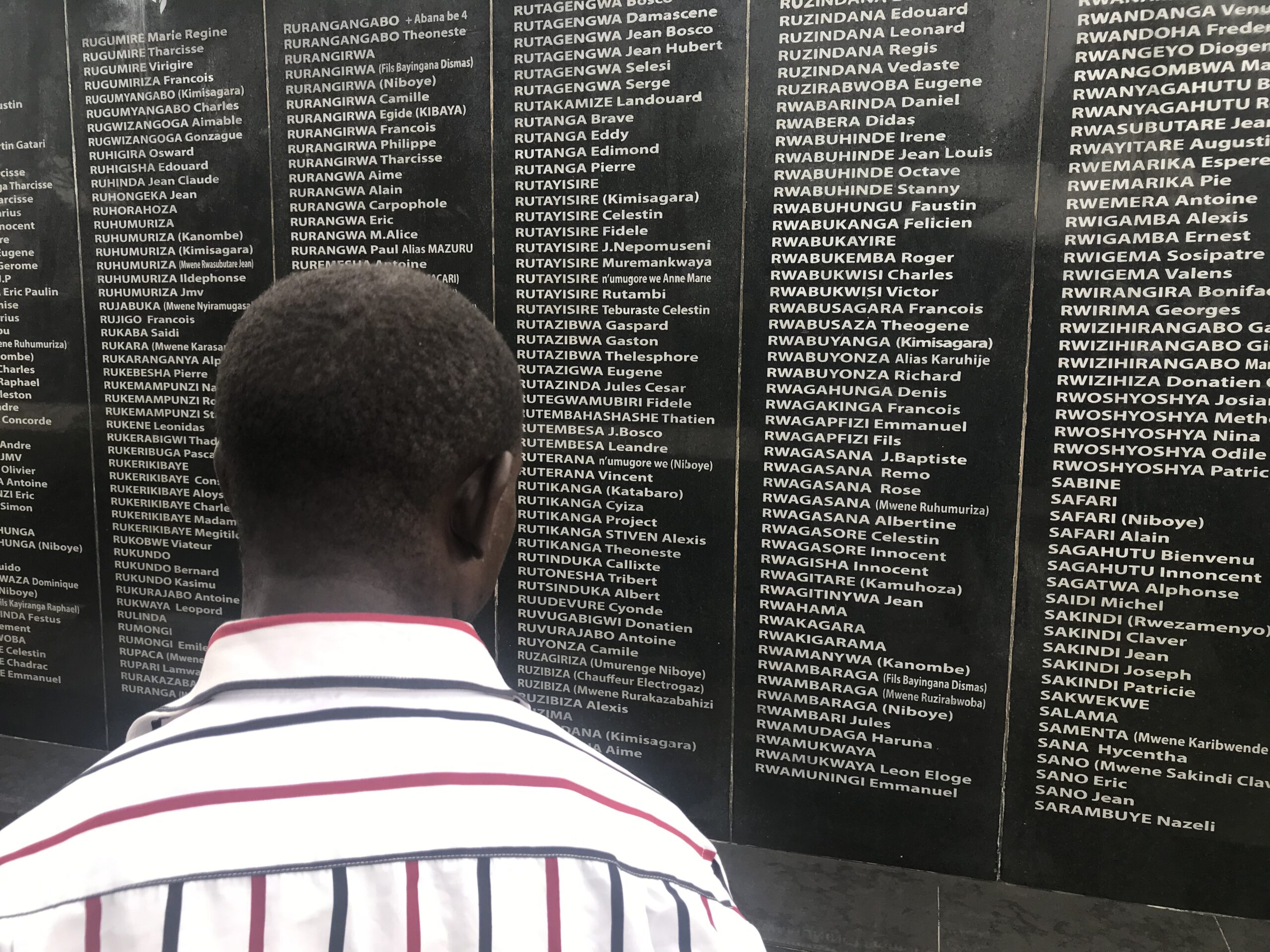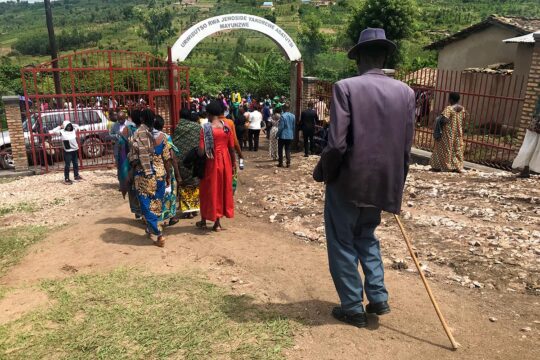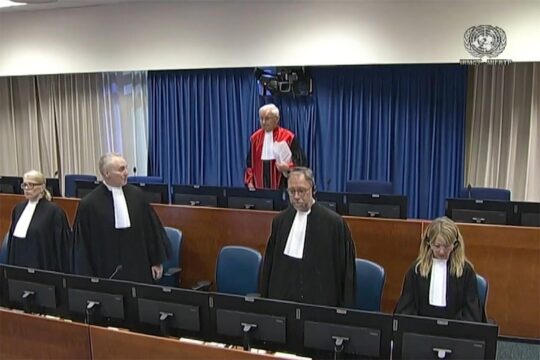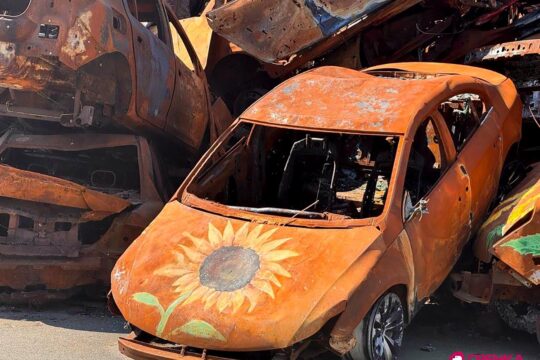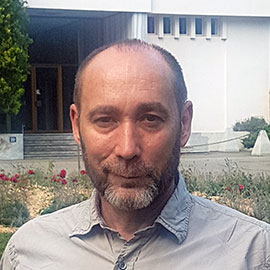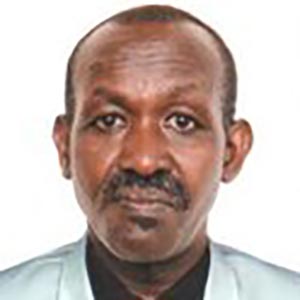The contrast with 29 years ago is striking. On April 7, 1995, Rwanda was soaked in blood and its political elites still stunned by the killing frenzy of April-July 1994. In the space of three months, hundreds of thousands of Rwandans fell victim to the machetes, spiked clubs, grenades and bullets of their fellow citizens, often their neighbours, leaving 800,000 dead according to a UN estimate or more than a million according to a Rwandan official count made several years later. The crime committed against the Tutsis became the third legally recognized genocide in a century scarred by mass slaughter. Alongside them, thousands of Hutus who opposed the extremist forces of “Hutu Power”, the ideology behind the plan to exterminate their Tutsi compatriots, were also killed.
A year after the cataclysm, a government of national unity bringing together members of the victorious Rwandan Patriotic Front (RPF) and survivors among the Hutu opposition organized the first commemoration of the genocide. The chosen site was Mount Rebero, overlooking the capital Kigali. Most of the city's houses were still destroyed or riddled with bullets, mass graves still smelled strongly of death, everything needed rebuilding, and soldiers were patrolling or standing guard everywhere. Two million Rwandans were refugees on the borders, while several million more were internally displaced. As for the prisoners accused of genocide, they were dying by the dozen in hellish prison conditions. No justice had been done.
At Rebero, the bones of some 6,000 anonymous victims had been collected in 200 makeshift coffins. From them leaked the pungent, lingering smell of decomposing bodies, which women tried to dissipate by spraying them with perfume. Freshly dug graves awaited the coffins. Behind a simple wire, humbly dressed survivors stood holding banners denouncing the international community’s abandonment of Rwanda and demanding justice. A dozen of these wooden coffins, placed on UN plastic tarpaulins and covered like the others with cloth of the Catholic mourning colour purple, bore a name. These were people considered to have been killed because of their political commitment to opposing Hutu Power, even though some had been victims of a double punishment: they were both political opponents and Tutsi.
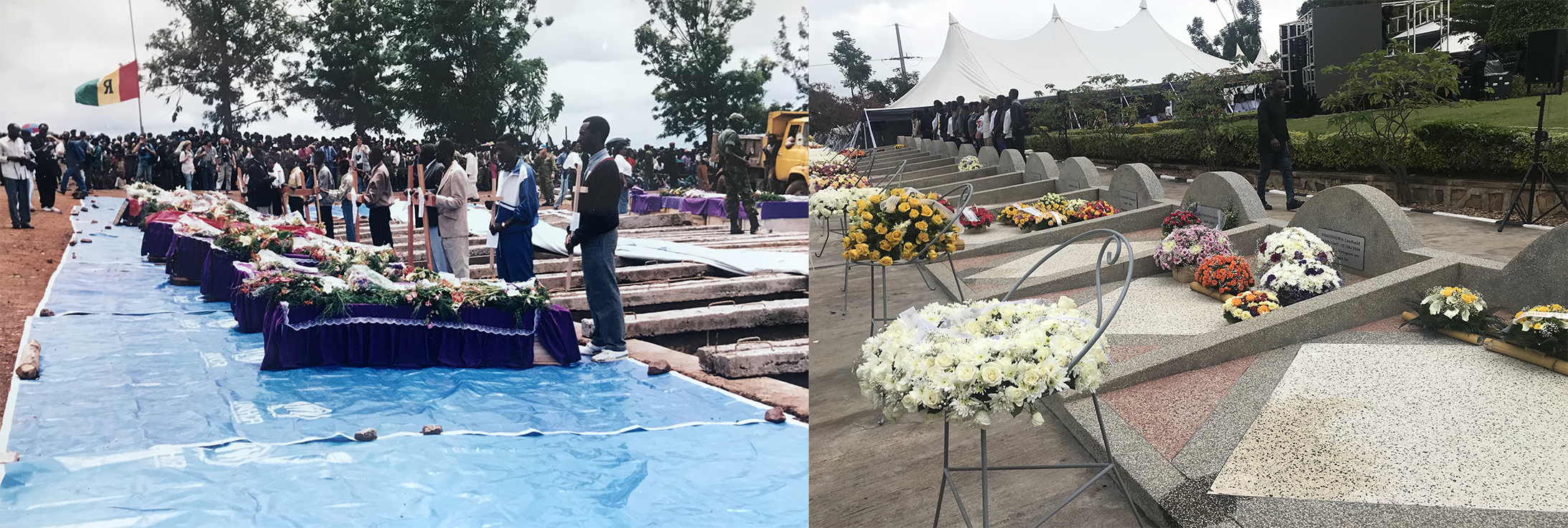
The symbol of Boniface Ngulinzira
Twenty-nine years later on April 13, 2024, Rwandan officialdom, proud of the country’s impressive rebirth, gathered at Rebero for the closing ceremony of the 30th commemoration week, under three large marquees with solid canvases pointing like thorns to the sky. The marquees stand around a memorial with impeccably tiled paths and graves amid squares of boxwood, flame trees, cactus trees, palms and eucalyptus. Twelve personalities buried in 1995 are still there, in dignified graves unrecognizable from their original rudimentary appearance. That of the most famous, Agathe Uwilingiyimana, former prime minister hated by Hutu extremists and assassinated on the morning of April 7, 1994, at the age of 40, has since been transferred to the National Heroes Memorial near the Amahoro stadium. At Rebero, long black granite walls inscribed with the names of thousands of victims enclose the gently sloping terrain of a meticulously designed memorial. In the aftermath of the genocide Rwanda's remembrance policy was still fluid, debated and plural, but for at least the last 20 years it has been solidly structured, organized around a number of carefully-maintained sites across the country and following a narrative rigorously instilled in everyone. The duty of remembrance is a central theme for the government. Four of these memorials are now listed as UNESCO World Heritage sites, a mark of recognition that would once have been scorned.
Today the government has decided to honour nine other personalities assassinated in 1994 because of their political commitment: two prefects and three mayors who famously resisted in their localities before being eliminated by the killers, an opposition party leader, a university professor who resigned from the presidential party, a militant journalist close to the RPF, and a former leading minister. They are Hutus and Tutsis and some where it is ambiguous.
As is often the case, there is a disturbing element of improvisation in the orderly, disciplined performance of Rwanda in 2024. No plaque has been prepared for the nine victims honoured. Their new graves remain unmarked. At least one family of the nine honoured victims only received their invitation a week before the ceremony. But they are all represented.
The spotlight fell at length on former minister Boniface Ngulinzira with testimony from three of his four children, who marked the ceremony by recounting their terrifying odyssey between April and July 1994. A university professor at the time of his assassination, Ngulinzira symbolizes in many ways the duty to remember affirmed at Rebero. He was a former leader of the Mouvement Démocratique Républicain (MDR), a major democratic opposition party that emerged in Rwanda in 1991 and was dissolved in 2003. He was also a former foreign minister and head of the delegation of the Rwandan government -- then led by the opposition -- negotiating the Arusha Peace Accords, which were signed by his successor in August 1993. For the extremists, he was a traitor, an “inyenzi” (cockroach, the term used for the Tutsis at the time). His identity documents had apparently been removed from the records by his enemies, and he told the authorities to assign him the identity of their choice - Hutu or Tutsi, it didn’t matter to him. He was a man who also perished because of the cowardice and abandonment of the UN forces present in Rwanda in April 1994, more specifically because of the Belgian contingent. The troops of former colonial power Belgium, which introduced ethnic labelling on identity cards, withdrew to the Ecole Technique Officielle (ETO) camp at the beginning of April before abruptly quitting Rwanda on April 11, leaving three thousand Tutsis - including the Ngulinzira family - in the hands of the militiamen who were to massacre them. This shameful page in the international community’s history has been the subject of numerous investigations and is dubbed by some the “Rwandan Srebrenica”.
Ngulinzira was 43 years old when he was killed fleeing the ETO, the same age as now his daughter Solange, who came to Rebero to testify. The body of the former minister, like so many others, has never been identified. But he now has a sepulchre among the people honoured.

Dual remembrance
Analysing the memorial event in 1995, historian Rémi Korman wrote, on the eve of the 20th commemoration in April 2014: “The ceremony organized on the Rebero site respected the spirit of national unity: equal place was given to both categories of victims. The expression 'Itsembabwoko n'itsembatsemba' (genocide and massacres) clearly refers to the genocide committed against the Tutsis as well as the massacres of Hutus for political reasons, the two being considered indissociable.”
Since then, the official line no longer includes Hutu opponents, only the genocide of the Tutsis. And yet, the 2024 ceremony seemed partly to revive this dual remembrance of the genocide perpetrators’ victims. Théoneste Gafaranda, Jean-Marie Vianney Gisagara, Jean-Baptiste Habyarimana, Callixte Ndagijimana, Boniface Ngulinzira, Narcisse Nyagasaza, Jean-Gualbert Rumiya, Godefroid Ruzindana, Vincent Rwabuwisi: “It's because of what they did that we're honouring them,” declared Minister of National Unity and Civic Engagement Jean Damascène Bizimana. “They decided to oppose a divisionist government that promoted genocide. May their valour remain as a light for Rwandans.”


